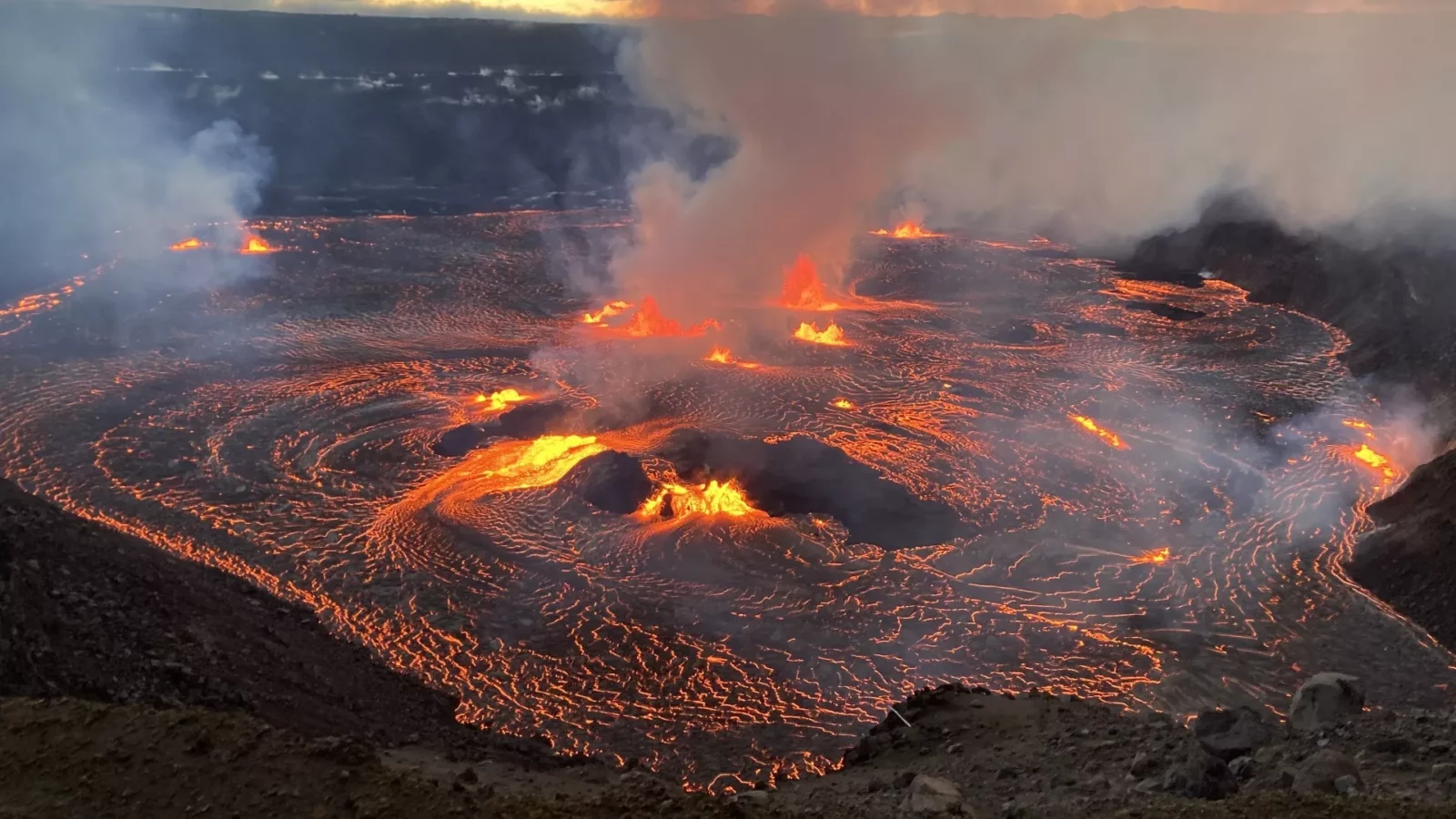The Kilauea volcano in Hawaii has just begun to erupt again. The unfortunate event is so dangerous because the wind that is blowing near the eruption site may transport volcanic haze and small pieces of glass all over the Big Island. The officials issued a warning on June 14 that significant amounts of volcanic smog, also known as vog, might flow downstream and could impair the air quality as a result of the eruption. They went on to say that the eruption may potentially release tiny glass fibers that were exceedingly sharp and posed a significant hazard.
The Hawaiian Volcano Observatory’s geologists are continuing to deliver day-to-day reports on the ongoing eruption at Kilauea. The situation is currently quite precarious. However, such situations are uncontrollable.
Don Swanson, who worked at the Hawaiian Volcano Observatory as a research geologist in the past, explains:
The skin of the bursting bubbles flies out, and some of the skin becomes stretched into these very long threads, sometime[s] as long as a couple of feet [0.6 meters] or so; […] Imagine inhaling tiny slivers of glass. That’s what Pele’s hair is. It can inflame and irritate anything that comes in contact with it.
Kilauea, a volcano that is found on the Big Island of Hawaii and is considered to be one of the most active volcanoes in the world, has been virtually continually erupting since 1983. According to the National Park Service, one of Kilauea’s most disastrous eruptions took place in 2018, when lava poured like a river over residential areas on the Big Island and destroyed more than 700 houses over the course of a four-month period.
That event happened during the fourth month of the eruption. The 2018 eruption, which was given the status of a code red, took place a few hours after massive earthquakes shook the Big Island.












Leave a Reply